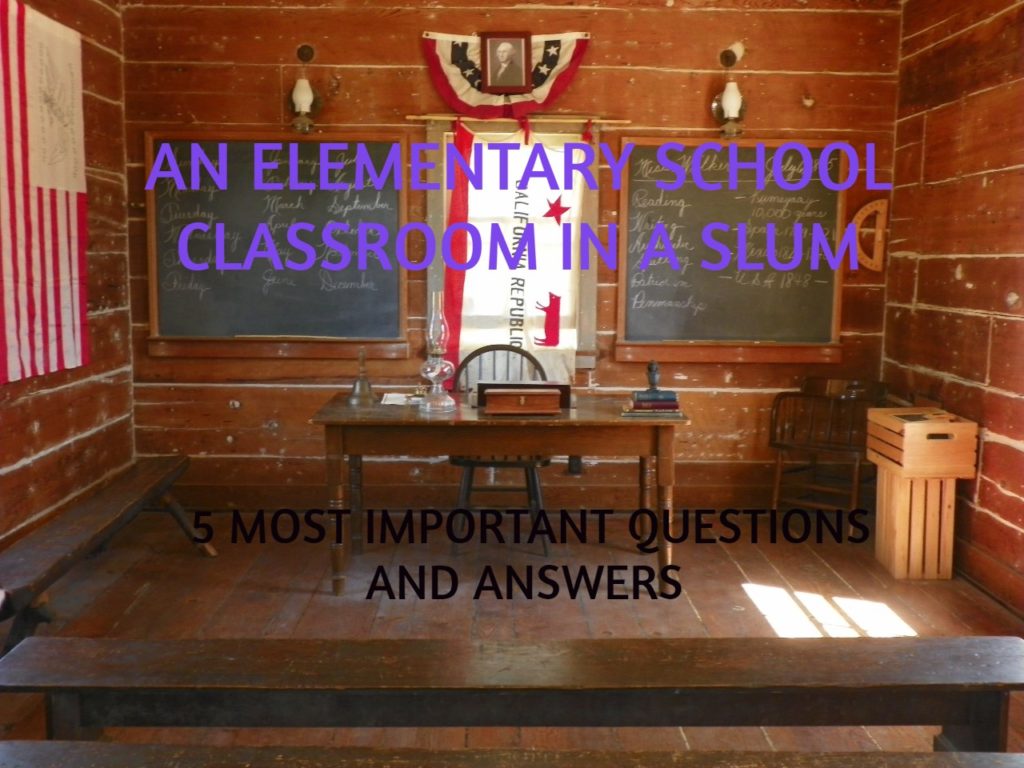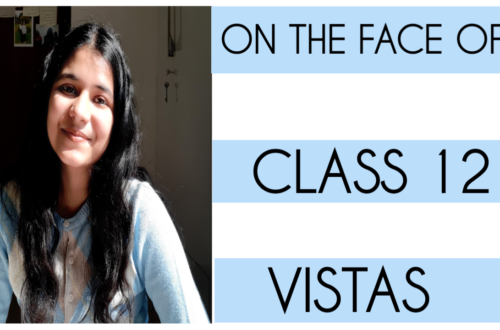5 MOST IMPORTANT QUESTIONS OF AN ELEMENTARY SCHOOL CLASSROOM IN A SLUM CLASS XII ENGLISH FLAMINGO NCERT

These are the 5 MOST IMPORTANT QUESTIONS AND ANSWERS OF AN ELEMENTARY SCHOOL CLASSROOM IN A SLUM of Flamingo book for class xii students.
Important questions
Q1) How does the poet describe the children of the slum?
Answer) The poet understands that the children of the slum are suffering because of lack of opportunities and ignorance. The faces of these children are lifeless and they are burdened with the weight of life. They are deprived of opportunities, life’s brightness and healthy environment. They are forced to live in filthy surroundings and therefore their life is gloomy and filled with atrocities.
Q2) Briefly write about how the poet has described each child sitting in the class.
Answer) 1. There is a tall girl who is quite lean that her total weight is concentrated in her head or perhaps she has been burdened with other responsibilities rather than enjoying her life.
2. A very lean/thin boy is undernourished and his eyes appeal to search for food like that of a rat’s.
3. A boy has been described as unlucky due to his unusual disease of twisted bones that he inherited from his father.
4. A sweet/innocent and unnoticed boy makes his existence in the class futile. Perhaps, the dreams he sees are not fulfilled. The boy is more keen to observe a squirrel’s game in the tree room rather than focusing on what is happening in the class.
Q3) What reference does the poet make by ‘Shakespeare’s head’ and ‘open handed map’?
Answer) The expressions ‘Shakespeare’s head’ and ‘open handed map’ are ironically used as in a place like a slum where education is next to zilch, Shakespeare is a bad example because of his literature. Also, these children have no one to introduce them to Shakespeare’s literature.
Open handed map is again a bad example because their dumped lives in slum cannot help them imagine the beautiful cities and valleys. The world map is beyond their approach and out of their confined worlds.
Q4) How does the poet explain the present status of the slum children?
Answer) At present, the children living in the slum are malnourished, deprived of basic opportunities and are unaware of the outside world. They haven’t seen anything in their lives except for foggy slum, filth, dirt and heap of slag. These children live in despair and hopelessness.
Q5) Where does poet see hope and relief?
Answer) The poet sees hope and relief if the slum children are introduced to the outside world. The window of hope can turn into the window of opportunities if the slum is visited by governing bodies, administrations or any responsible/enlightened citizen.
ALSO READ-
5 most important questions of Indigo
5 most important questions of Going places
5 most important questions of Lost spring
5 most important questions of Aunt Jennifer’s Tigers
5 most important questions of A thing of beauty
5 most important questions of An elementary school classroom in a slum
5 most important questions of Rattrap
5 most important questions of The last lesson
5 most important questions of Keeping quiet
